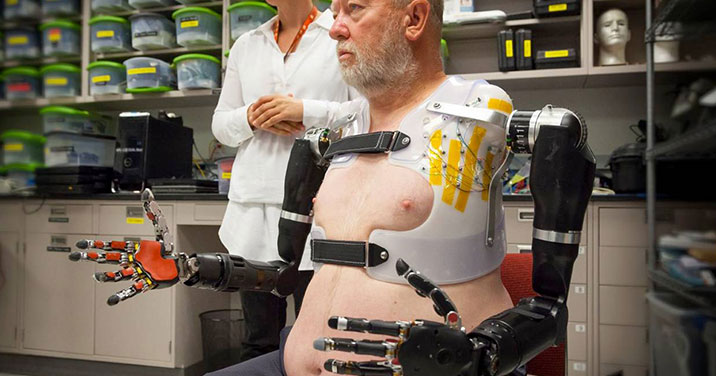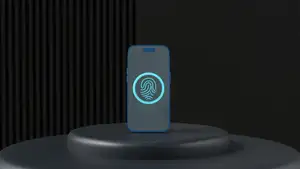
Thought Controlled Prosthesis Made Real?
Although it is true that there has been more than a few stories as of late about the up and coming availability of directly controlling objects such as prosthetic devices with thoughts, new testing at Radboud University Nijmegen Medical Centre in the Netherlands brings this idea to a whole new level.
Start with the fact that the Netherlands researchers are first using a prosthetic technology they refer to as ‘click on’. The term click on refers to the fact that with this technology the prosthetic device can be directly connected to a metal rod in the bone. What that means in practice is that with this click on technology, a prosthesis socket is no longer needed.
You should understand that this is a rather big deal. With the use of the click on prosthetic device, the patient does not have to worry about the prosthesis slipping on or off. Furthermore, the click on tech means putting the prostheses on or taking it off is much simpler than with a prostheses socket.
There’s more. The click on tech also means there is much less opportunity for skin problems to arise as is the case with a prostheses socket. Note that installing the prosthetic device is a simple matter of clicking the device in place through an opening in the skin.
But it gets even better. The device currently being tested in the Netherlands also allows the device to be controlled directly by the patient’s thoughts. Although it is undeniably true that learning to control the device can be an arduous process, it can and does work.
In effect, the patient has to go through a new learning curve to link his/her thoughts with control movements of the device. This new learning is a focused part of the rehabilitation process. It starts with the patient practicing control movements by imagining the movements. Over time, new nerves are grown in and around the muscle fibers adjacent to the prosthesis.
Once these new nerve fibers are in place, they can generate a strong enough signal to be picked up by a local sensor. From there, the prosthetic device can then be directly controlled via Bluetooth technology.
As you can see from the above, the researchers in the Netherlands are combining two radical new prosthetic technologies. The end result could be an entirely new approach to prosthetics.










